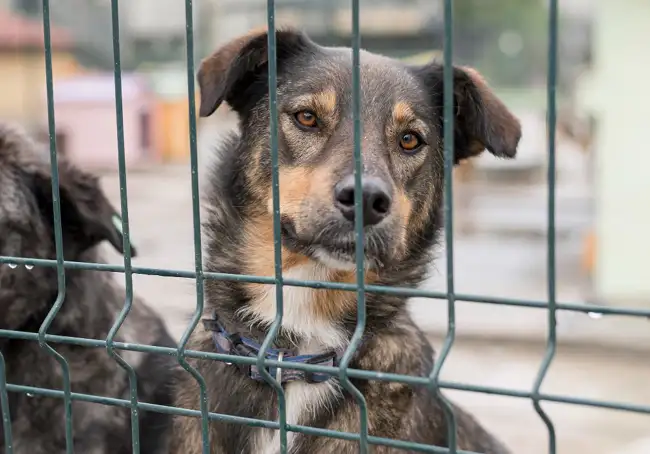English Documentary on Bears with Transcript & Flashcards to perfect your reading and listening abilities and expand your academic and scientific vocabulary
Source of documentary: National Geographic YouTube Channel
Source of image: https://en.wikipedia.org/
Listening comprehension
Reading comprehension
Beasts of the jungle
In a sleepy forest, twigs snap underfoot. A wanderer stirs in the brush, moving closer and closer. With each step, the forest awakens and stands at attention for one of nature’s greatest beasts.
Bears species
There are eight species of bears. Bears are scattered over four of the seven continents. Polar bears and brown bears can be found in North America, Europe, and Asia; American black bears are only found in North America, while South America only hosts the spectacled or Andean bears; and sloth, panda, sun, and Asiatic or moon bears are only found in Asia.
Bears in various sizes
Bears come in a wide range of sizes. The smallest bear is the sun bear, with males typically growing up to five feet long and weighing 150 pounds. The largest bear is the polar bear. Males can average up to eight feet in length and weigh up to 1,600 pounds, over 10 times as much as the sun bear. Despite their size, bears can move swiftly sprinting at speeds of up to 40 miles per hour, nearly twice the speed of the fastest human ever recorded.
Omnivorous beasts
Most bears are omnivorous. Outside of the largely carnivorous polar bear, most bear species tend to have a vegetarian diet. The panda bear diet, in particular, is 99% bamboo. Black and brown bear diets are more varied; from seeds and berries to carrion, small mammals and salmon. Additionally, many bears enjoy one of nature’s sweetest treats, honey. They may even consume the bees and the larvae within the beehives they raid.
Breeding and reproduction
Bears often give birth to twins. While bears may produce up to five cubs in one litter, they usually birth two cubs at a time. At birth, bear cubs are little. Newborn pandas can weigh as little as a fifth of a pound. And the mighty polar bear at birth only weighs about a pound and a half. Most bear cubs remain in their mothers’ care for 18 to 24 months. During that time, the mother nurses her young, and then teaches her cubs how to fend for themselves.
Bears and humans
The relationship between humans and bears is complicated. For most of human history, bears have been respected and feared. Some cultures have even incorporated bears into their belief systems. But during the Middle Ages, bears became a part of street entertainment in Europe and Asia, and then eventually featured in shows and circuses. Today, measures are increasingly being taken to prohibit the use of bears and other wild animals for entertainment.
One can’t help but marvel at the sight of the great bear. But as powerful as this beast can be, much is left to be done to preserve its wellbeing in an ever-changing world.




Why we must use poor bears for circuses? that just doesn’t make sense . And I have a question d.c Hariri, why bears like honey so much?
I agree with you, Soroosh. This is not fair to exploit these poor creatures and torture them to have fun.
And about your question on why bears love honey so much, I refer you to my reply to Armaghan’s comment right down below.
It is fascinating how nature has diversified animals during billions of years and how interesting and practical this diversification works. It also demonstrates how meddling of human in nature badly harm it and at the same time, can lead to human own disadvantages.
That’s right. A great deal of animals are losing their habitats due to the destructive activities of humans, such as habitat fragmentation, deforestation, global warming, over-population, and various types of pollutions.
Polar bears are fascinating creatures. They’re carnivorous and extremely huge compared to the other species of bears. However, unfortunately these animals are terribly endangered.
It is interesting, the fact that bears like honey is accurate to animations and movies.
Having an insatiable thirst for honey might be rooted in a high volume of energy that bears typically need, especially when they go through hibernation during the cold seasons.